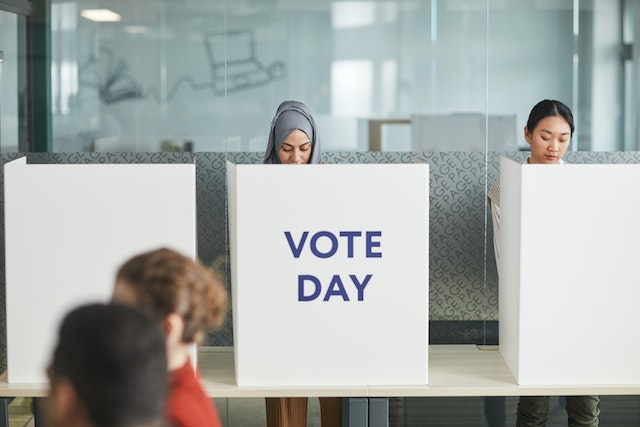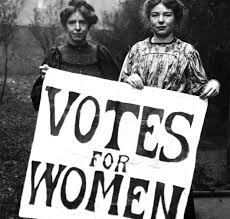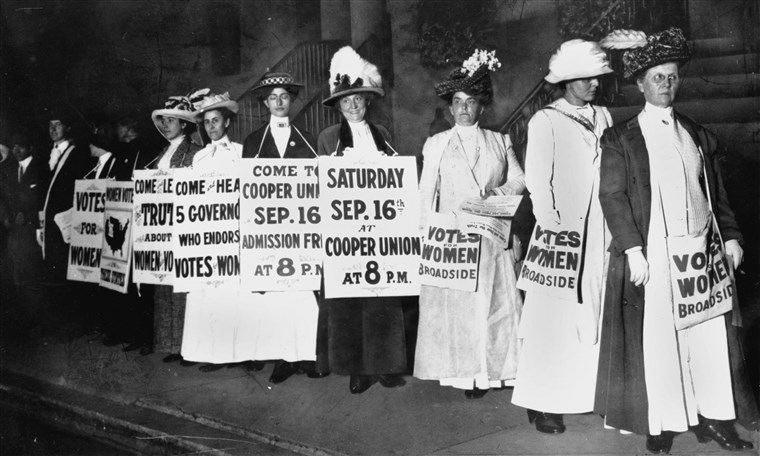The Women’s Suffrage Movement is a pivotal moment in history that has significantly shaped the modern world we live in today. This article will explore the key events, influential figures, and lasting impacts of this movement.
What Was the Women’s Suffrage Movement?
The Women’s Suffrage Movement was a crusade for women’s right to vote that began in the late 19th century and culminated in the 19th Amendment to the United States Constitution, which granted women the right to vote in 1920. This movement was fueled by the belief that women should have equal rights and opportunities as men, including the right to participate in the democratic process.

Who Were the Key Figures in the Movement?
- Susan B. Anthony: A prominent suffragist and social reformer who played a key role in the movement.
- Elizabeth Cady Stanton: Another leading figure in the suffrage movement who co-founded the National Woman Suffrage Association.
- Alice Paul: A suffragist who organized the first-ever picket outside the White House and co-founded the National Woman’s Party.
What Were Some Key Events in the Movement?
- Seneca Falls Convention (1848): The first women’s rights convention in the United States, where the Declaration of Sentiments was adopted.
- Suffrage Parades: Large-scale parades and demonstrations held in major cities to advocate for women’s right to vote.
- Silent Sentinels: Women who picketed outside the White House during World War I to pressure President Woodrow Wilson to support suffrage.
What Was the Impact of the Women’s Suffrage Movement?

The Women’s Suffrage Movement had a profound and lasting impact on society. Here are some of the key outcomes:
- Political Empowerment: Women gained the right to vote and participate in the democratic process, leading to greater representation and policy changes.
- Social Change: The movement paved the way for other women’s rights advancements, such as access to education, employment, and reproductive rights.
- Inspiration: The suffragists’ courage and perseverance continue to inspire future generations of activists fighting for equality.
In conclusion, the Women’s Suffrage Movement was a transformative chapter in history that championed the rights and voices of women. Its legacy continues to resonate today, reminding us of the power of collective action and the importance of fighting for equality and justice for all.
